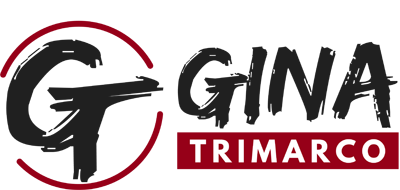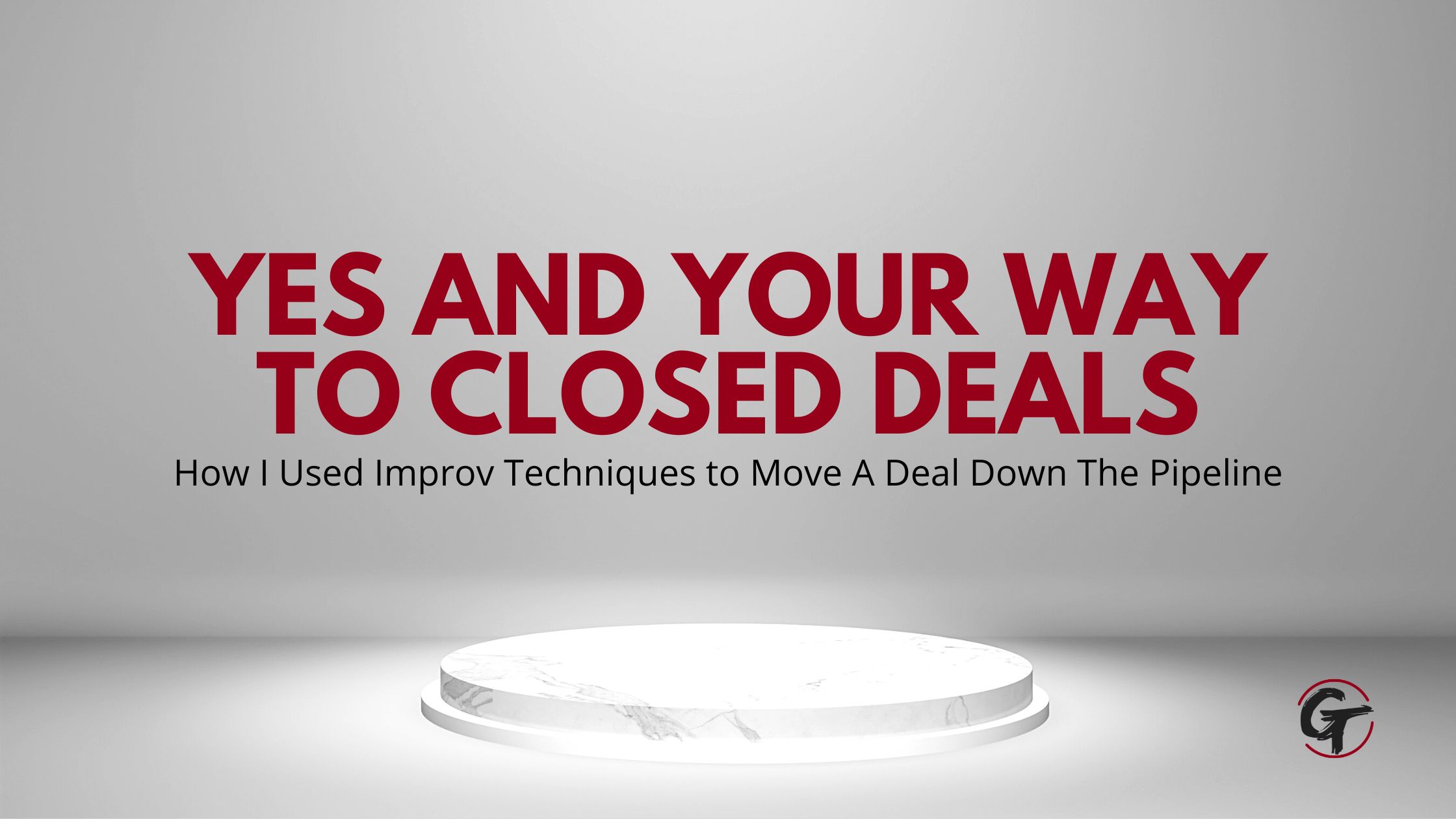The following guest post was written by Shawn Karol Sandy of The Selling Agency, a partner of Pivot10 Results and co-presenter of “From Pain To Profit: Strategically Pivot Your Talent and Culture” on June 23, 2016 in Myrtle Beach.
We run across this situation quite often.
You started a business. You hustled. You busted your behind. You earned trust. You demonstrated experience and credibility. You brought in the customers and your business took off.
But at a certain point, you spent less time selling and more time “doing” and running the business. At the cross roads of stagnant revenue, slow growth and shrinking margins, you decide “I need to hire a sales person” because I need more sales.
But 99% of the time, that option is a {painful flop}. Within 3, maybe 4 months of that hire, the sales person is burned out, the owner is frustrated and there are no new sales, nothing has changed and yet more time has passed.
Sound familiar?
Here’s why this mostly never works.
You as a business owner have most likely never been a sales director and created a sales program or sales team. Starting now is not only a bad idea, it’s a recipe for disaster.
Without the structure of a Sales Strategy supported by a Sales Process, you have no Sales Program. Without a Sales Program, you’re spending time spinning your wheels and going nowhere, but worse, you’re taking your eyes off steering the ship too.
So, how do you build a sales program?
Not where you think you’d start. Not with hiring a Sales Person. But with determining What Kind of Selling Organization you want to be. You can add one person to the organization, or two, or four, and expect them to carry the weight of all the revenue generation but in our estimation, that’s like only inflating one tire on your car and expecting to get anywhere efficiently or quickly.
Before you hire a sales person or start calling, knocking on doors or promoting your sales plan, start by examining your current customer experiences, your talent and behaviors that promote customer opportunities and the resources you currently have in your business.
Think Culture – the hardest thing to change within an organization, is the collective behavior of all employees and the meanings that the people attach to their actions. Culture is an intangible asset, a ubiquitous mindset that sets the tone for expectations, growth, limitations, ingenuity, creativity and rewards within your business.
Is everyone within the business actively engaged in Selling your Product? What is your organizational philosophy that drives employee/customer interaction? Have you created an environment in which each and every connection brings value to your customers? Does your Culture create a Selling Organization?
Define Behavior – {manifestation of the culture} the actions of your employees or sales team in conjunction with their environment. Personal or professional, individual or organizational, Behaviors are the attributes that determine success.
How do your employees recognize customer opportunities? How should your sales team structure their day? What goals are they working towards? How is success measured? Are there Benchmarks in place for “good, great and amazing”? What tools do you provide to execute the Behaviors that support the Culture of your Selling Organization?
Articulate Strategy – leveraging available means {and enacting/executing behaviors} think talent, time and treasure, to achieve your desirable end results. It is flexible but not a fixed plan. Strategy employs resources, uses knowledge and projects future outcomes based on current circumstances.
What defines the ideal customers? Who needs you or your product? Is it clear to whom you are selling? Have you created clear processes to move buyers forward in the sales cycle? What is the value of your product? What is its impact on the market? What are the means in which you Strategically employ the Behaviors that support you Culture and a Selling Organization?
Determine Direction – driving, leading, executing the strategy and vision to achieve your goals. How you support, coach and implement in your organization can get you where you’re going quicker, and more profitably.
How do you implement the selling processes? How is your strategy introduced, coached and measured? What leadership do you provide? How do you measure progress of your team or program? Does your Direction of the Strategy consistently employ the Behaviors that support the Culture of a highly successful Selling Organization?
There is a Learning Curve to creating a Successful Sales Program. Invest in the long term, big picture, whole enchilada, instead of allocating your precious resources to a quick fix which will yield frustrating results.
If you’ve identified that you have maxed out resources to the point where you need to invest in a “selling solution”, step back and think about creating a strong Sales Program that starts by creating a Selling Organization.
Until next time, keep kickin’ butt!
-sks
P.S. If you need help getting UNSTUCK, REGISTER NOW for our one-day conference “From Pain To Profit: Strategically Pivot Your Talent and Culture” on June 23 in Myrtle Beach.
ABOUT POST AUTHOR
 Shawn Karol Sandy
Shawn Karol Sandy
Straightforward, practical and perhaps slightly cheeky, Shawn Karol Sandy’s innate gift is helping people find new ways to solve old problems, unique ways to approach new problems and helping businesses re-invent themselves and their sales strategies. With Bold and Brave thought leadership and Clear Action Plans, her impact on business is Measurable and Meaningful and will lead your sales revolution to growth and revenue goals.





